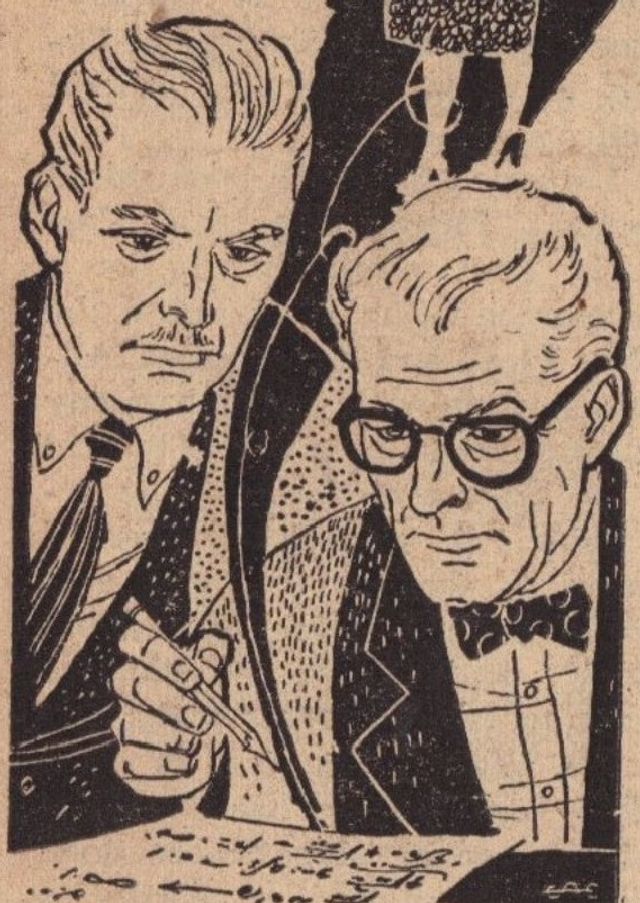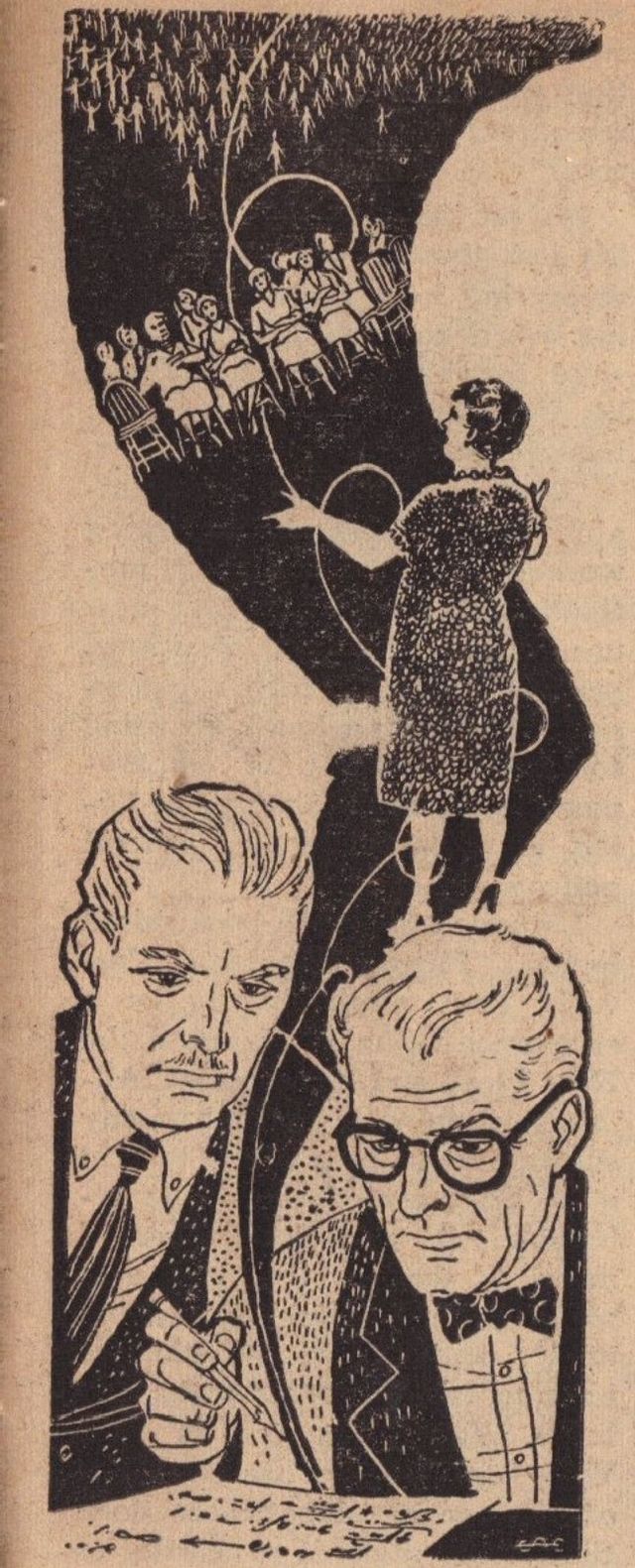-
Vijay Fafat
- Published on
Prof. Wilton Caswell, head of the Sociology department, has been challenged by the new Dean and President, Halloway, to prove that Sociology is worth something practical or shrink the department substantially, given the new challenges of financing university operations. He wants something more practical than sociology’s value
“to business in initiating worker efficiency and group motivation studies, which they now use in management decisions” or the use by Washington politicians of “sociological studies of employment, labor and standards of living as a basis for their general policies of…”
Prof. Caswell takes pains to point out that:
“This department’s analysis of institutional accretion by the use of open system mathematics, has been recognized as an outstanding and valuable contribution. […] The reason can be traced to little quirks in the way they were organized, a matter of positive and negative power feedbacks. […] In working on the problem, I found that the mathematics of open system, as introduced to biology by Ludwig von Bcrtalanffy and George Kreezer, could be used as a base that would enable me to develop a specifically social mathematics, expressing the human factors of intermeshing authority and motives in simple formulas. By these formulations, it is possible to determine automatically the amount of growth and period of life of any organization.”
So right there, the two decide to launch a practical experiment to see if Sociology can really be field-tested for practical uses and control. They work on the “snowball equation”, a basic formula for growth, adjusted for positive and negative feedbacks and geared toward growth by building in the ‘chain letter principle’ and “a special grouping of mathematical symbols in the middle of the equation”.
To seed the process equation, they attend a sleepy meeting of the “Watashaw Sewing Club” and plant an idea of organizational growth in the mind of one Mrs. George Searles, along with the bylaws of a new organization. As Halloway chuckles,
“If Caswell’s equations meant anything at all, we had given that sewing circle more growth drives than the Roman Empire.”
By all yardsticks, their experiment exceeds all expectations. As Halloway starts charting the growth, within weeks, the membership explodes into the thousands, the sewing club having transformed into “Civic Welfare League of Watashaw and The United Organization of Church and Secular Charities”…
They do mention initially that the process would run out its course and collapse once Watashaw and perhaps some surrounding counties are used up by the process, but the graph line goes off the charts by the fifth month, since:
“the League had added a mutual baby-sitting service and had induced the local school board to add a nursery school to the town service, so as to free more women for League activity. But charity must have been completely organized by then , and expansion had to be in other directions. Some real estate agents evidently had been drawn into the whirlpool early, along with their ideas. The slum improvement plans began to blossom…”
… and no one has any idea how to stop riding this tiger and get off… Unchecked exponential growth expressed as a snowball effect… reminded me of Malthusian predictions.
The execution of the story is smart and tight. The only quibble is that the author mistakenly keeps calling an exponential curve a “log curve” in the story. But most certainly a fun read, which is why it was also included in Asimov’s excellent anthology, “Laughing Space”, which I very heartily recommend.

